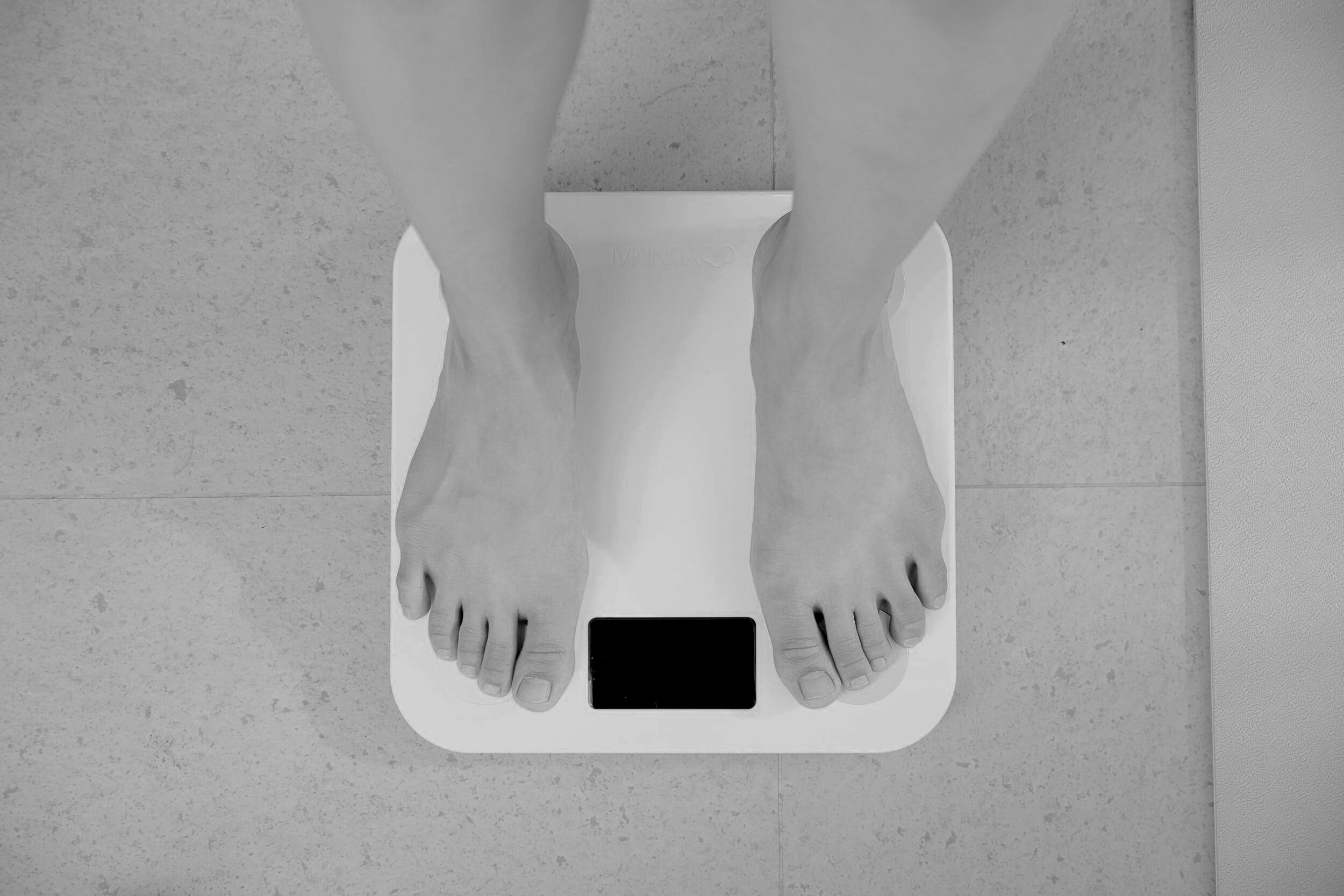Science Behind Weight Loss
The science behind weight loss is actually quite simple
When an individual consumes more calories than they expend, energy is stored in the body as Fatty Acids, Muscle Tissue, Bone Tissue, and Organs etc.
Vice versa, when you expend more energy than you consume, energy is lost as Carbon Dioxide, Fatty Acids, Muscle Tissue, Bone Tissue etc.
As the old saying goes Calories In vs. Calories Out.
COMPONENTS OF ENERGY EXPENDITURE
% Energy
(60-75%)
(10%)
(15-30%)
(Varies Person to Person)
Components
Resting Metabolic Rate (RMR)
The Thermic Effect of Feeding (TEF)
The Thermic Effect of Activity (TEA)
Non-Exercising Activity Thermogenesis (NEAT)
Resting Metabolic Rate - The total # of calories burned when the body is completely at rest. The RMR supports breathing, circulating the blood, organ functions, maintaining homeostasis (internal body temperature), and basic neurological functions.
RMR is proportional to Lean Body Mass, so the more lean body mass you have, the greater your RMR. This is why Resistance Training in addition to Proper Nutrition is so important, as you build more muscle you burn more calories throughout the day!
Did you know that during normal Sleeping Hours, metabolic rate decreases by around 15%?
RMR also declines with age, around 2-3% per decade.
The Thermic Effect of Feeding - The energy required for digestion, absorption, and excretion of the food/nutrients you digest. Basically, the body has to use energy to break down the food you eat into energy.
Protein-rich foods have the highest thermic effects (takes more energy for your body to digest).
The Thermic Effect of Activity - The amount of energy burned during activity throughout the day, this includes exercising, walking, standing, jumping, etc.
Non-Exercising Activity Thermogenesis - The energy expended for everything an individual does that is not sleeping, eating, or sports and exercise.
COMPONENTS OF ENERGY INTAKE
An Individuals Appetite
Appetite is affected by; existing food in the stomach, the hormones Leptin (Decreases Appetite) & Ghrelin (Hunger Hormone) and their production, social factors, and activity level
Variations from Person to Person
For some people, physical activity before eating a meal can be an appetite stimulant and for others a suppressant.
Tremendous variation in rates of energy expenditure between person to person.
Environmental Factors
An individual’s access to food & drink (food deserts)
Public vs. personal transportation
Prices of food
Food Marketing
Individual Food & Drink Preferences (based on family & cultural influences, access to a kitchen, genetics, health education and knowledge, lifestyle, etc.
Psychological Factors
Physiological vs. Psychological Eating
Individuals don’t always eat to satisfy hunger; people eat because they are stressed, bored, uncomfortable, lonely, etc.
Food Processing
Any procedure that alters a foods natural state (freezing, milling, drying, canning, mixing, or adding sugar/preservatives) affects the amount of energy (calories) in the food. For example 100 grams of Peanuts is calorically different from 100 grams of Peanut Butter.
HELPFUL TIPS & TRICKS
Practice Mindful Eating
Only eat when you are hungry
Do not let your emotions control your eating habits
Engage all 5 senses when eating
The sounds, colors, textures, smells, tastes all impact your response to the food in front of you
Choose modest portion sizes
Savor smaller bites
Chew your food thoroughly
Try not to skip meals throughout the day
Eat until about 80% full
Remain hydrated throughout the day, it is easy for the body to misinterpret thirst as hunger


